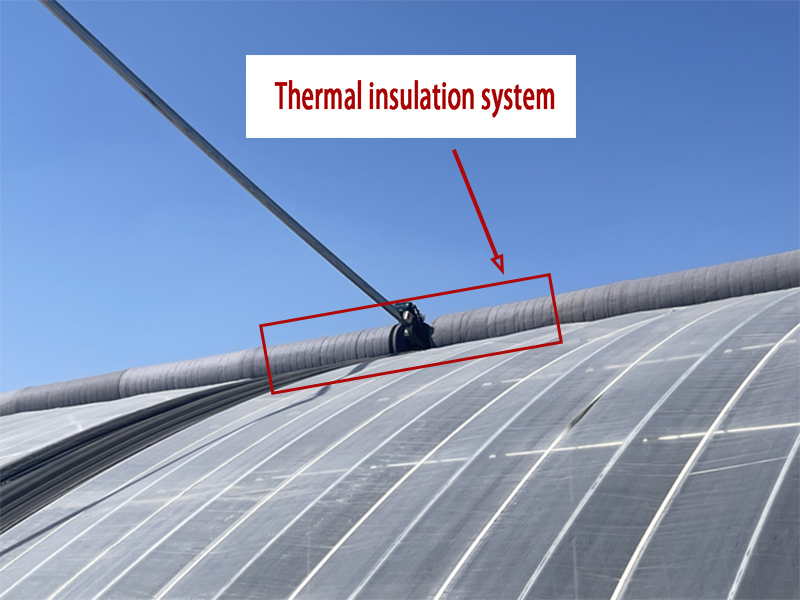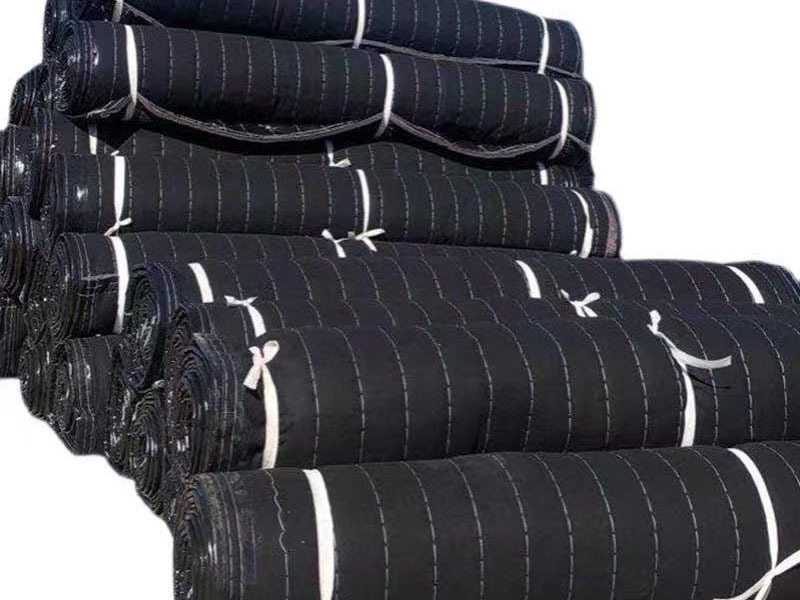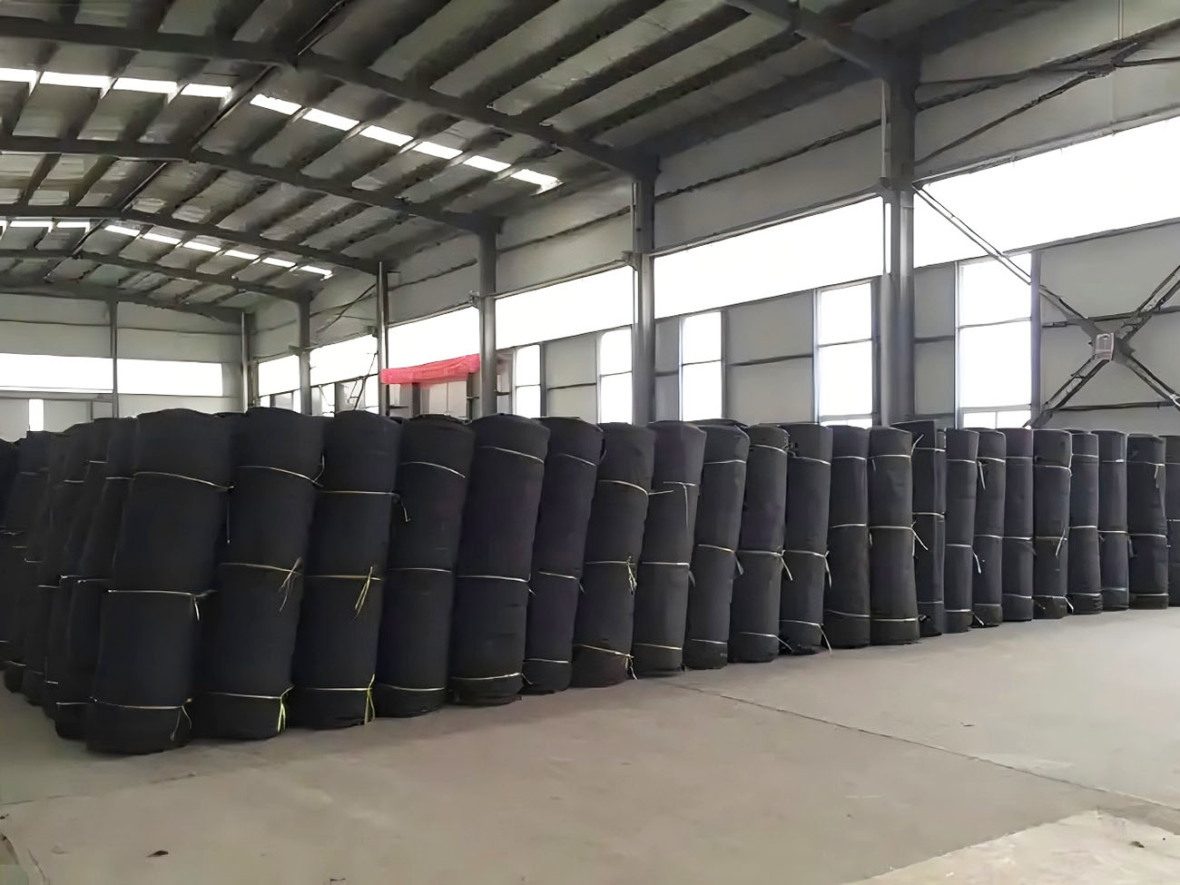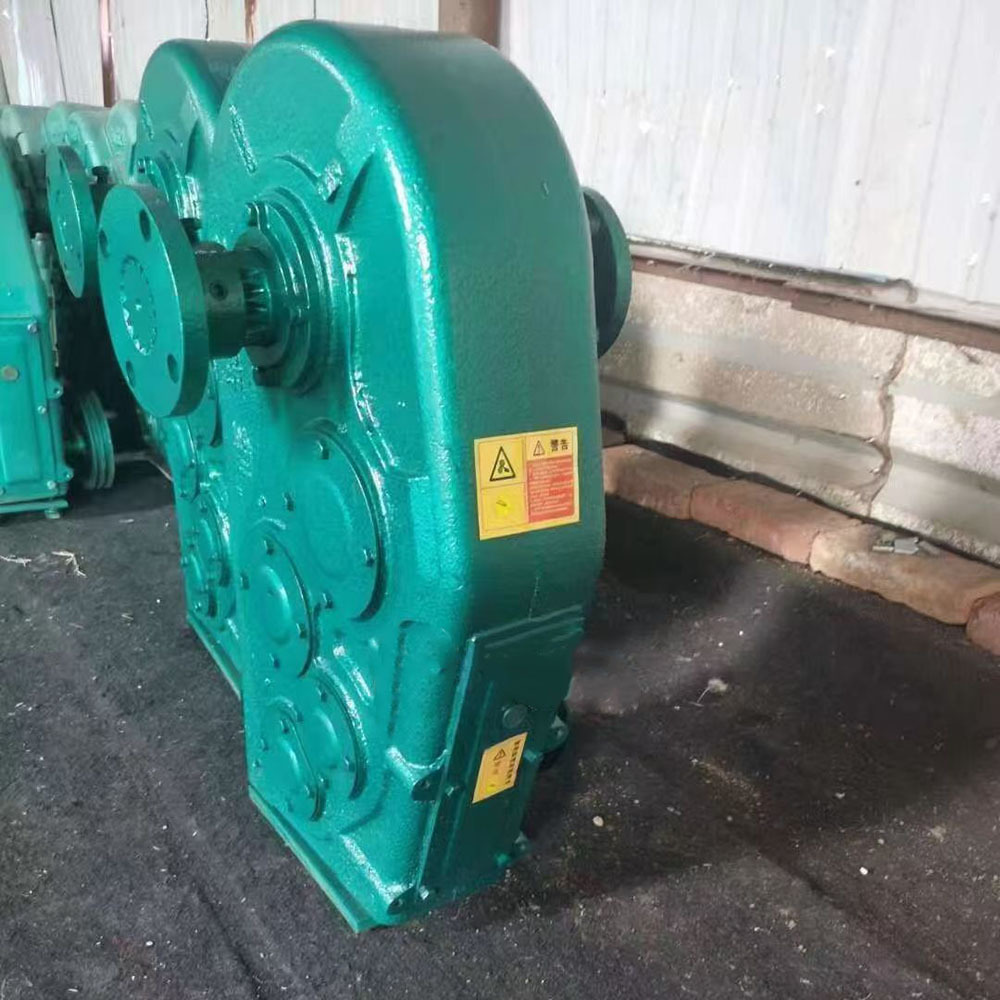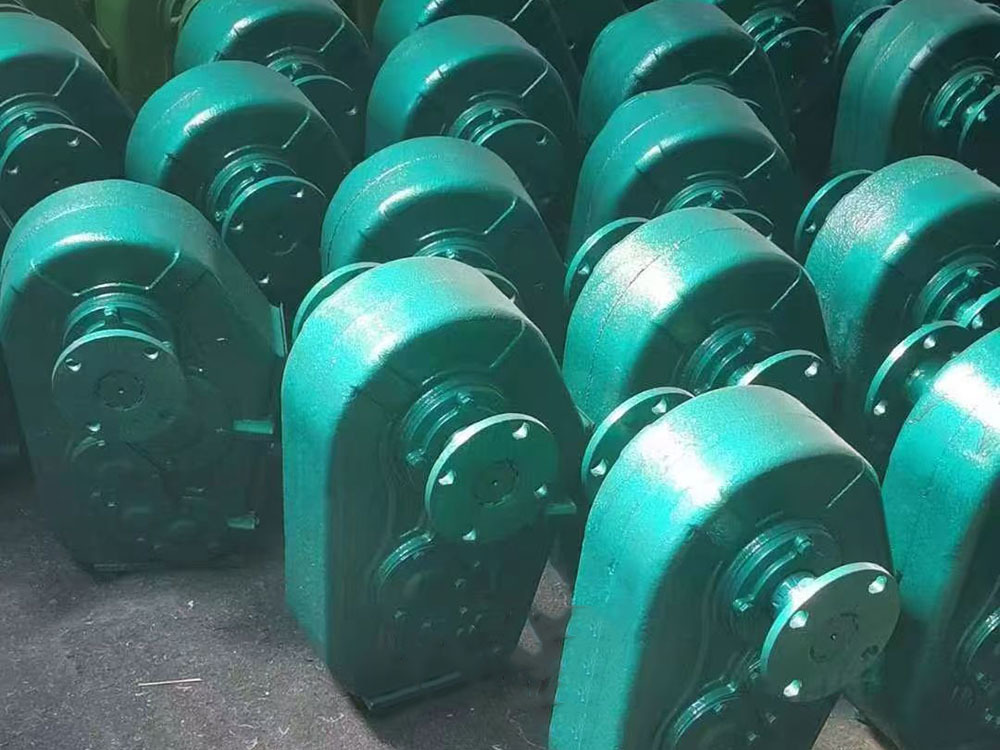| The external insulation system of a greenhouse is a facility used to reduce heat loss in the greenhouse and maintain a suitable temperature inside. Insulation quilts and reducers are important components of this facility.The external insulation system of a greenhouse is a facility used to reduce heat loss in the greenhouse and maintain a suitable temperature inside. Insulation quilts and reducers are important components of this facility. |
|
|
The cotton quilt greenhouse is a common agricultural facility. It is covered with cotton quilts on the outer layer of the greenhouse film, which can effectively reduce the heat loss of the greenhouse. In the cold winter, it can increase the temperature inside the greenhouse by 5-10 ℃ compared with when the insulation quilt is not used, providing a suitable temperature environment for crop growth, which is conducive to the safe overwintering of crops and increases crop yield and quality. Working principle 1、Lighting and temperature increase: The front roof of the greenhouse is covered with plastic film with good light transmission, allowing sunlight to fully penetrate into the greenhouse. Solar radiation energy is absorbed by the ground, walls, crops and other parts inside the greenhouse and converted into heat energy, raising the temperature inside the greenhouse. Thermal insulation and heat storage: The walls and the rear roof have excellent thermal insulation performance, which can reduce heat loss. Meanwhile, they can also absorb and store solar radiation energy during the day and release it slowly at night to maintain the temperature inside the greenhouse. The cotton quilt covering the plastic film further enhances the insulation effect of the greenhouse and reduces the heat dissipation outward. 2. Composition: It is composed of multiple different materials, generally including a waterproof layer, an insulation layer, an anti-aging layer, etc. For instance, the outer layer can be made of waterproof and anti-aging plastic film or non-woven fabric, the middle layer can be made of materials with good heat preservation performance such as fiber cotton or polyester fiber, and the inner layer can be made of soft cotton cloth, etc., to protect the greenhouse film. This kind of thermal insulation blanket has relatively good comprehensive performance, with excellent heat preservation, waterproofing and durability, but its price is relatively high. 3. Advantages 1) Good heat preservation performance: The covering of cotton quilts effectively reduces heat loss, keeping the temperature inside the greenhouse relatively stable on cold nights, providing a suitable growth environment for crops, and is conducive to the growth of winter vegetables and other crops. 2) Low cost: Compared with some modern intelligent greenhouses, the construction cost and operation cost of quilt greenhouses are relatively low. Its structure is simple, the materials are easy to obtain, and it does not require complex equipment and technical support. It is suitable for use by a wide range of farmers and small-scale agricultural producers. 3) Easy operation: The covering and uncovering of the quilt are relatively simple, and farmers can flexibly control it according to the weather conditions and the growth needs of their crops. Meanwhile, the ventilation, irrigation and other facilities of the greenhouse are also relatively easy to operate and manage. 4. Application: Greenhouse cotton quilts are widely used in various types of agricultural facilities such as vegetable greenhouses, flower greenhouses, and fruit planting greenhouses. Whether it is the overwintering greenhouse in the cold northern regions or the greenhouses used for off-season planting in the south, greenhouse insulation quilts can be used to increase the temperature inside the greenhouse, create a favorable environment for crop growth, and achieve continuous production throughout the year. Meet the market demand for fresh agricultural products. | |
|
|
The greenhouse cotton quilt reducer is a reducer specially designed for the greenhouse cotton quilt winding and unwinding equipment, used to control the winding and unwinding of the greenhouse cotton quilt to meet the requirements of greenhouse heat preservation and other needs. It is mainly applied to various types of agricultural greenhouses, including solar greenhouses, multi-span greenhouses, etc. Whether it is a greenhouse for growing vegetables, flowers, fruits or other crops, a greenhouse quilt reducer can be used to achieve automatic winding and unwinding control of the greenhouse quilt, improve the insulation performance and management efficiency of the greenhouse, provide suitable environmental conditions for the growth of crops, and promote the development of agricultural production. Working principle The reducer for greenhouse cotton quilts usually adopts the gear transmission principle. By combining gears of different sizes, it converts the high speed and low torque input by the motor into a low speed and high torque output suitable for the winding and unwinding of greenhouse cotton quilts. Enable the greenhouse cotton quilt to be rolled up or down at an appropriate speed and provide sufficient force to overcome the resistance such as the weight and friction of the quilt. Structural characteristics 1、Compact design: The reducer for greenhouse cotton quilts generally adopts a compact structural design, which enables it to be installed in the limited space of the greenhouse cotton quilt winding and unwinding equipment, not occupying too much space, and is also convenient for maintenance and operation. 2. Durable materials: Due to the relatively harsh environment outside the greenhouse, which may be affected by moisture, dust, etc., the reducer is usually made of durable materials. Its shell is generally made of high-strength cast iron or aluminum alloy, which has good compressive resistance and corrosion resistance. It can resist the erosion of moisture, acids and alkalis and other substances in the greenhouse, and extend its service life. The internal gears are mostly made of high-quality alloy steel materials and undergo heat treatment processes to enhance their hardness and wear resistance, ensuring stable transmission during long-term use and reducing the probability of faults. 3. Multiple installation methods: To meet the installation requirements of different greenhouse structures and unwinding equipment, greenhouse quilt reducers usually have multiple installation methods, such as flange installation, base installation, etc. Users can choose the appropriate installation method based on the actual situation to ensure that the reducer can be perfectly combined with the greenhouse quilt winding and unwinding system, guaranteeing the stability and reliability of the system. Performance advantage 4. Precise speed control: The reducer for greenhouse cotton quilts can provide relatively precise speed control, ensuring uniform and stable speed during the process of rolling up and down the greenhouse cotton quilts. This helps to prevent damage to the cotton quilt caused by too fast or too slow speed, and at the same time, it can better meet the temperature regulation requirements in the greenhouse, providing a stable environment for the growth of crops. 5. Large torque output: Greenhouse quilts are usually heavy and require considerable force to roll and unroll. The reducer for greenhouse cotton quilts can output a large torque, easily overcoming the weight of the cotton quilt and the friction and other resistance during the winding and unwinding process, ensuring the smooth winding and unwinding of the cotton quilt. Even in the cold winter, when the weight of the cotton quilt increases due to snow or ice, it can still work normally to ensure the insulation effect of the greenhouse. 6. Excellent overload protection capability: During actual use, some unexpected situations may occur that cause the reducer to overload, such as the cotton quilt getting stuck. The reducer for greenhouse cotton quilts generally has a good overload protection capacity. When the load exceeds a certain limit, the reducer can automatically cut off the power or take other protective measures to prevent the equipment from being damaged due to overload, thereby improving the safety and reliability of the system. 7. Low-noise operation: With advanced gear design and manufacturing techniques, as well as a high-quality lubrication system, the greenhouse cotton quilt reducer can maintain a low noise level during operation. This is very important for the environment inside the greenhouse, as it will not interfere with the growth of crops or the operation of staff, creating a relatively quiet working environment. | |

